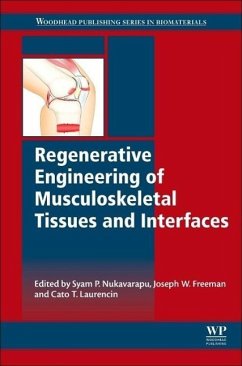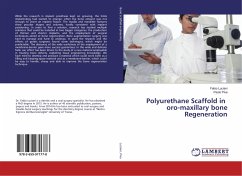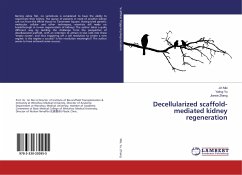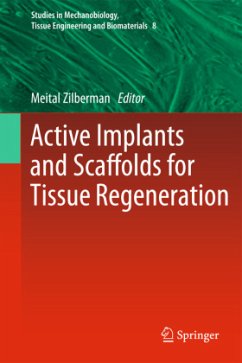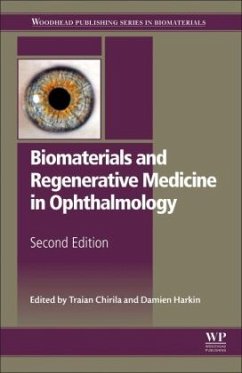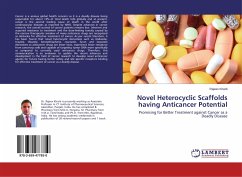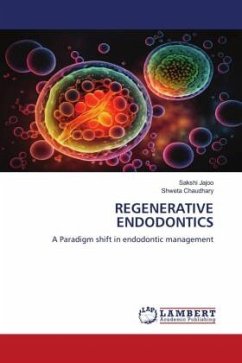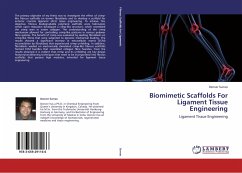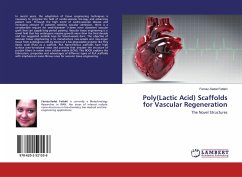
Poly(Lactic Acid) Scaffolds for Vascular Regeneration
The Novel Structures
Versandkostenfrei!
Versandfertig in 6-10 Tagen
27,99 €
inkl. MwSt.

PAYBACK Punkte
14 °P sammeln!
In recent years, the adaptation of tissue engineering techniques is necessary to progress the field of cardio-vascular bio-logy and advancing patient care. Through the high event of cardio-vascular disease and increasing amount of patients needing vascular admission, there is a considerable require for small-diameter (6mm inner diameter) vascular graft that can supply long-period patency. Vascular tissue engineering is a novel field that has undergone massive growth more than the final decade and has suggested suitable keys for blood-vessels darn. The objective of vascular tissue engineering i...
In recent years, the adaptation of tissue engineering techniques is necessary to progress the field of cardio-vascular bio-logy and advancing patient care. Through the high event of cardio-vascular disease and increasing amount of patients needing vascular admission, there is a considerable require for small-diameter (6mm inner diameter) vascular graft that can supply long-period patency. Vascular tissue engineering is a novel field that has undergone massive growth more than the final decade and has suggested suitable keys for blood-vessels darn. The objective of vascular tissue engineering is to manufacture neo-vessels and neo-organ tissue from autologous cells by means of a bio-degradable polymer like Poly (lactic acid) (PLA) as a scaffold. PLA Nano-fibrous scaffolds have high surface area-to-volume ratios and porosity that simulate the structure of protein fibers in native extra cellular matrix (ECM). This BOOK explains the fabrication, properties and advantages of different types of PLA scaffolds with emphasis on nano-fibrous ones for vascular tissue engineering.



